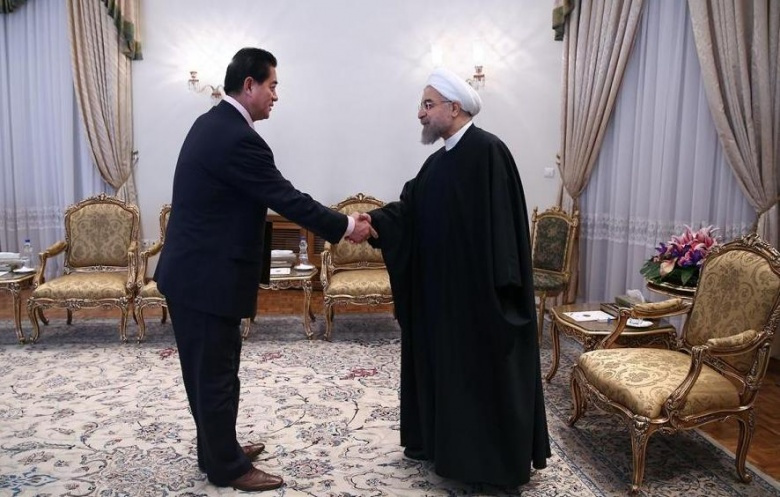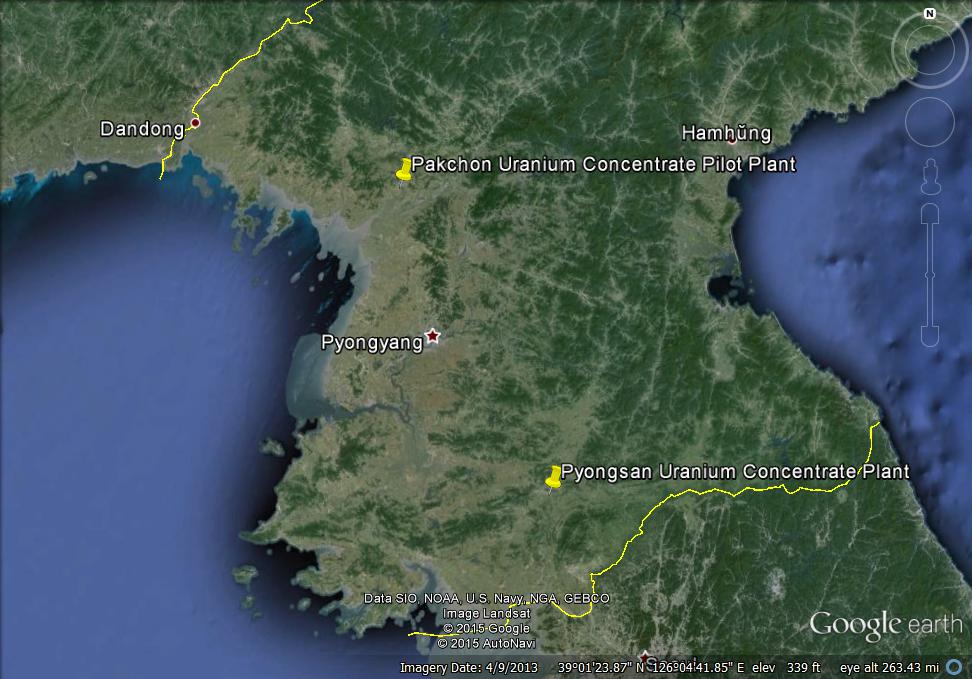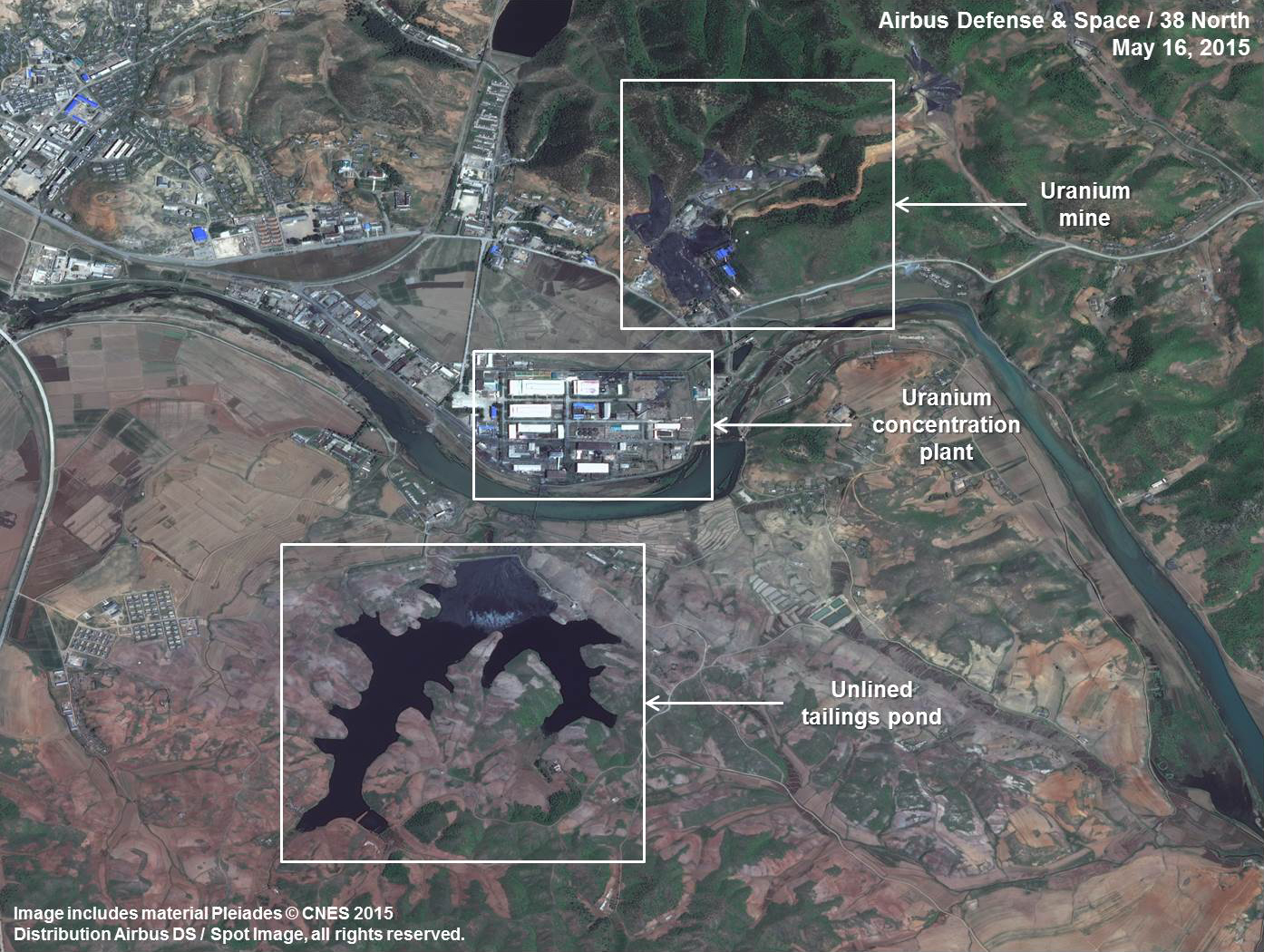The weekend before Secretary of State John Kerry travels to Cuba with an envoy to raise the U.S. flag at the re-opening of the embassy in Havana, 60 Cubans were arrested in what is more repression. Arrested were Cuban Ladies in White and yet Barack Obama on vacation in Martha’s Vineyard had nothing to say and John Kerry was mute of the matter himself.
John Kerry leads delegation to Cuba for flag raising at U.S. Embassy
WaPo: The United States plans to raise the Stars and Stripes at its embassy in Havana Friday morning, kicking off a day of symbolism and carefully balanced outreach to both Cuba’s communist government and its restive population.
Two U.S. government aircraft are scheduled to depart Washington at dawn to carry Secretary of State John F. Kerry and dozens of others on the 2 1/2 hour flight to the island. In addition to a 20-person official delegation of officials and members of Congress, selected Cuban-Americans, entrepreneurs and a large media contingent will be aboard, along with the three retired Marines who last lowered the flag when relations were severed more than 54 years ago.
Speeches are to follow the raising of the banner outside the seven-story embassy building, built in the early 1950s on the Malecón, Havana’s sweeping waterfront boulevard. The U.S. Army’s Brass Quintet will play both country’s anthems.
President Obama’s inaugural poet, Richard Blanco, whose family left Cuba shortly before he was born in 1968, will read “Matters of the Sea,” a poem he has written for the occasion.
The embassy has been open for nearly a month, following the official July 20 re-establishment of U.S.-Cuba relations. But the flag has been kept under wraps for the arrival of Kerry, the highest U.S. government official to set foot in Cuba since Franklin D. Roosevelt was president .
After the ceremony, Kerry will meet privately with Cardinal Jaime Ortega, the Roman Catholic archbishop of Havana. Ortega was instrumental, along with Pope Francis, in the success of nearly two years of secret bilateral negotiations that led to this day. Obama and Cuban President Raul Castro announced plans to restore relations last December.
In a carbon copy of last month’s official opening of the Cuban Embassy here, Kerry will meet with Foreign Minister Bruno Rodriguez at his ministry, and the two will then hold a joint news conference.
Later in the afternoon, a separate U.S. flag will be raised at the oppulent estate in western Havana that is the once and future residence of the U.S. ambassador, currently occupied by Charge d’Affairs Jeffrey DeLaurentis. Members of Cuban civil society — including political dissidents — ave been invited to that ceremony and to a reception with Kerry will host.
In an interview Wednesday with CNN Espanol, Kerry rejected criticism Cuban government opponents were not asked to attend the morning events at the embassy.
“We just disagree with that. We’re going to meet,” he said. The embassy ceremony, “is a government-to-government moment. We’re opening an embassy. It’s not open to everybody in the country. And later we’ll have an opportunity where there is a broader perspective to be able to meet with … a broad cross-section of Cuban civil society, including dissidents,” he said.
While many dissidents support the U.S-Cuba opening, many also oppose it, charging that the administration is helping the Castro government stay in power while getting little in return. Since the restoration of relations was announced, the number of opposition demonstrations has sharply increased, along with government detention of dissidents.
“The truth is that this will not be the complete and total change everybody wants overnight. It’s going to take a little bit of time,” Kerry told CNN. “But I am convinced … President Obama is convinced, that by being there, we will be able to do more to help the Cuban people,” he said. “Their concerns, their issues, their hopes, their dreams will be better represented more directly to our government with accountability in that process.”
Human rights, Kerry said, is “at the top of our agenda in terms of the first things that we will be focused on in our direct engagement with the Cuban government,” including his Friday talks with Rodriguez.
In a Thursday letter to Kerry, the organization Reporters Without Borders USA noted that Cuba ranks 169 of 180 countries on its press freedom index. “Cuba’s information monopoly and censorship practices do not apply only to local media,” it said, “foreign journalists are also subject to restrictions, receiving accreditation only selectively” and “deported” when they displease “the current regime.”
Despite the restoration of relations, the U.S. economic embargo against Cuba remains in place. Obama has called for Congress to lift it, along with remaining restrictions on U.S. travel to the island, but lawmakers have resisted.
The eight members of Congress in Kerry’s official delegation include Sens. Barbara Boxer (D-Calif.), Jeff Flake (R-Ariz.), Amy Klobuchar (D-Minn.) and Patrick Leahy (D-Vt.); and Democratic Reps. Karen Bass (Calif.), Steve Cohen (Tenn.), Barbara Lee (Calif.) and Jim McGovern (Mass.).
The embargo continues to be a rallying point for the Cuban government. In an article published in Granma, the official Cuban Communist party paper, on the occasion of his 89th birthday Thursday, revolutionary leader and former president Fidel Castro criticized the United States for everything from dropping an atomic bomb on Japan near the end of World War II, to setting the stage for global economic crisis by amassing most of the world’s gold supply.
That crisis, Castro said, had battered Cuba’s economy, even as it is “owed compensation equivalent to damages, which have reached many millions of dollars” as a result of the U.S. sanctions.








